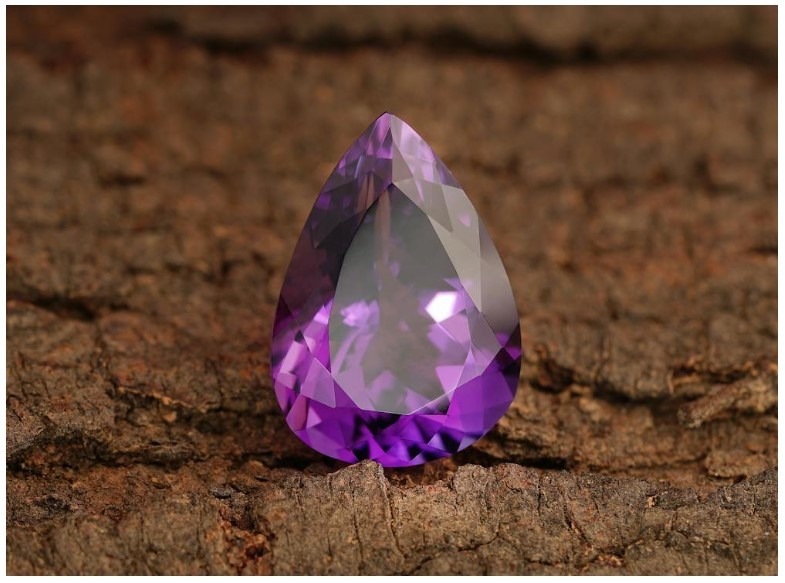We all want to shop safely without fraud or scammers, especially when it comes to precious jewelry. Unfortunately, in the jewelry market these days you can come across a huge number of imitations or fakes of most gemstones. So how can you be safe and confident in your purchase?
How do you protect yourself and shop safely online? How can you be sure that you are buying a real gemstone?
To be sure to avoid fakes when buying gemstones, we have highlighted the following tips for buyers:
Know what you are buying
Research information about diamond jewelry, colored gemstones, and make sure you know enough before you go shopping. Buying something you have no idea about is a sure recipe for disaster..If you want to buy jewelry on short notice and don’t have time to ask around, take someone with you who knows a little about gemstone jewelry, or better yet, someone who has already had experience buying in this area. Chances are that person will be able to help you in your search.
If you think it’s easy to tell if a diamond is real or fake by the dazzling shine of the diamond, think again. In fact, it is the luster of fake stones that makes many people mistake them for diamonds. Who knows, maybe the stone you think is a diamond is a zirconia. It’s an imitation diamond that looks and feels like a diamond, but really isn’t. And what complicates things even more is that they are difficult to distinguish from each other just by their appearance.
- Buy from a reputable dealer: Look for a dealer who is known for competence and honesty. Check references, reviews, or visit a gem and mineral show.
- Ask for a certificate of authenticity: A certificate of authenticity confirms the authenticity, origin and quality of the gemstone. A certificate from a reputable laboratory tells you whether the stone in front of you is an imitation, synthetic or natural. Learn more about certificates here (link to article about certificates)
- Examine the gemstone certificate carefully: Check the characteristics listed on the certificate (color, clarity, cut and weight of the gemstone). The certificate also has several degrees of protection such as micro-printing, watermarks, holographic images. You can check the compliance of the certificate by entering its number on the official website of the GIA, GRS, SSEF and Gubeline laboratories. The GIA certificate number is printed on the rundist (the band connecting the top and bottom of the diamond). The number printed on the diamond can be seen under a 10x magnifying glass. Check that the certificate number and the stone number match.
- Compare prices: If the price of a gemstone seems too good to be true, it probably is. Do some research and compare prices to ensure that you’re not paying too much or too little.
- Get it in writing: Make sure that you have a written guarantee of the gemstone’s authenticity and quality.
- Trust your instincts: If something seems off or too good to be true, it probably is. Trust your instincts and avoid the sale.
Following these tips will keep you safe from buying a fake stone. You will be able to buy a real gem that can become your family heirloom and a good long-term investment.
You can protect yourself from low-quality goods by choosing bona fide and trustworthy jewelry sellers. On the basis of the above tips, we want to say that if you work with Kantor Jewelry on your jewelry with a gemstone, you will have the peace of mind and confidence in your purchase. Kantor Jewelry works only with natural diamonds and colored gemstones. Our company only provides certifications from reference and reputable laboratories. We will be happy to make the process of finding and buying your gemstone as comfortable and safe for you as possible.

